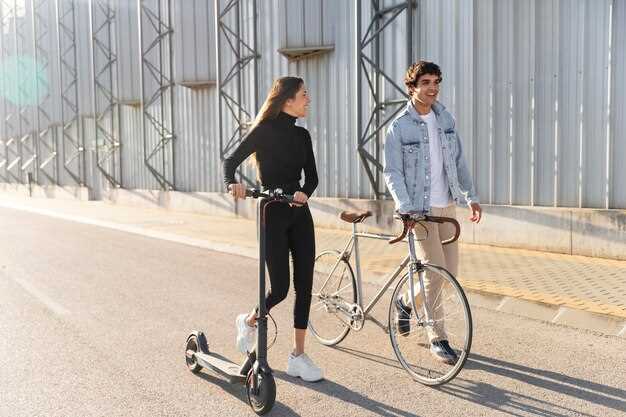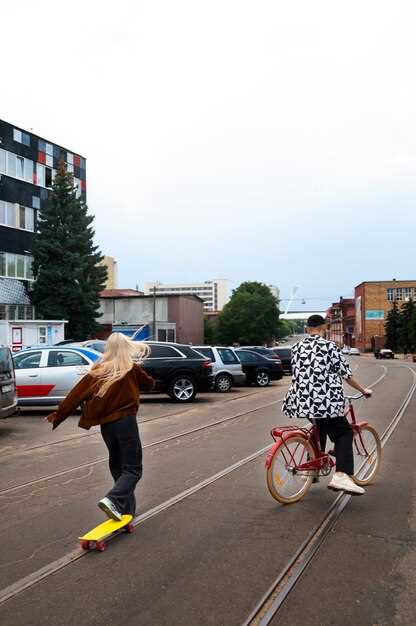
Transporting your bike to the racetrack can often seem like a daunting task, especially for those new to motorsports. However, with the right planning and equipment, the process can be streamlined and efficient. Understanding how to properly transport your bike not only ensures its safety but also enhances your overall racing experience.
First and foremost, selecting the appropriate vehicle for transportation is crucial. Whether you choose a dedicated trailer or utilize the back of a pickup truck, ensuring your bike is secure and protected from the elements is essential. Using quality tie-down straps and a sturdy ramp can make loading and unloading your bike a breeze.
Additionally, it is important to consider the logistics of your journey. Planning your route and allowing ample time for travel can prevent unnecessary stress on race day. Familiarizing yourself with any regulations or requirements at your destination can also help avoid last-minute complications. By organizing your transport system effectively, you set the stage for a smooth transition from your home to the racetrack.
In conclusion, careful preparation and the right equipment can significantly simplify the process of transporting your bike. By focusing on these key elements, you can enjoy your time on the track without the hassle of transportation issues.
Selecting the Right Trailer for Your Bike

When it comes to transporting your bike to the racetrack, choosing the right trailer is crucial for ensuring both safety and convenience. The first factor to consider is the size of your bike. Trailers come in various sizes, and it’s important to select one that accommodates your bike’s dimensions without any risk of damage during transit.
Next, think about the type of trailer that best suits your needs. Enclosed trailers offer protection from the elements and potential theft, making them ideal for long distances or overnight stays. On the other hand, open trailers are often lighter and easier to maneuver, providing a more cost-effective option for short trips.
Another important consideration is the weight capacity of the trailer. Ensure that the trailer can support the total weight of your bike along with any additional gear. Check the specifications carefully and opt for a trailer that exceeds the combined weight for added security.
Additionally, think about the loading and unloading process. Trailers with ramps or low profiles can make it easier to load and secure your bike, especially if you are managing heavy machinery. Look for features like tie-down points, which can help you secure the bike more effectively during transportation.
Finally, consider the towing vehicle’s compatibility with the trailer. Ensure that your vehicle has the appropriate hitch and weight capacity to safely tow the trailer you select. This will not only maintain your safety on the road but also protect your bike during the journey.
Securing Your Bike Properly for Safe Transport
When preparing to transport your bike to the racetrack, ensuring it is secured properly is crucial for its safety and integrity. A well-secured bike will minimize the risk of damage during transit and give you peace of mind.
Firstly, use a quality bike rack or a transport system designed specifically for bicycles. These systems are engineered to hold the bike securely and prevent movement. Make sure that the rack is compatible with your vehicle and can support the weight of your bike.
Next, remove any loose parts such as water bottles, lights, or accessories that could fall off during transport. These items can easily get lost or damaged if left attached. It’s advisable to pack them separately in a sturdy bag.
To further enhance stability, secure the frame and wheel with straps or bungee cords. Ensure that the frame is held tightly to the rack, and the wheels are fastened to prevent any lateral movement. This step is essential for maintaining the bike’s alignment during the journey.
Additionally, consider using wheel chocks or blocks to prevent the bike from rolling. If you use a car trunk, utilize padded materials around the bike to cushion it against impacts. Protecting sensitive components such as brake calipers and derailleurs is also advisable.
Lastly, double-check everything before hitting the road. Ensuring that all straps are secure and that the bike is stable will help prevent accidents during transport. By following these steps, you’ll arrive at the racetrack with your bike in optimal condition, ready for a great day of racing.
Tips for Loading and Unloading Your Bike at the Track

Transporting your motorcycle to the racetrack requires careful preparation and execution. Here are some essential tips for loading and unloading your bike safely and efficiently.
- Choose the Right Ramp: Invest in a sturdy ramp designed for motorcycles. Ensure it has a non-slip surface to provide traction when loading and unloading.
- Secure Your Bike: Before loading, make sure your bike is in gear and the kickstand is up. This prevents any accidental movement during transport.
- Get Assistance: Have a friend help you when loading and unloading to steady the bike and assist with balancing. This minimizes the risk of dropping your bike.
- Position the Bike Properly: Align the bike parallel to the ramp. This makes it easier to maneuver and helps maintain balance as you load it into the vehicle.
When unloading, follow these steps:
- Check Your Surroundings: Ensure that the area is clear of obstacles and people before unloading your bike.
- Use a Controlled Approach: Slowly roll the bike down the ramp, keeping weight evenly distributed. Always have someone assist you for stability.
- Support the Front Wheel: Keep one hand on the handlebars and the other on the rear if necessary, to control the bike as it descends.
- Stand Clear: Once the bike is fully unloaded, ensure you are at a safe distance while it stabilizes.
Following these tips will help you transport your bike to the racetrack with confidence, allowing you to focus more on the race and less on logistics.
